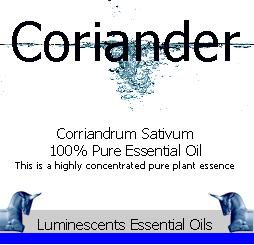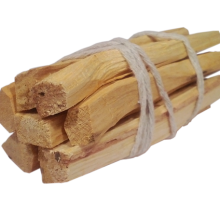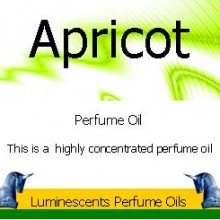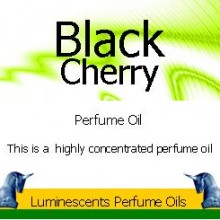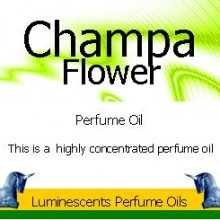Corriandrum sativum from which Coriander Essential Oil is distilled, whether the annual or biennial plant, is a native of Morocco and grows to about 1 metre in height. It has sparse, fine, feathery leaves and pinkish/white flowers. The brownish, globose seeds have a disagreeable smell until they ripen, when they take on their spicy aroma. It has bright green delicate leaves, umbels of lace-like white flowers which are followed by a mass of green (turning brown) round seeds. These seeds are hard and egg-shaped, borne in pairs, which do not separate easily.
Reported Attributes of Coriander Essential Oil:-
Traditional and Emotional uses reportedly include:-
Spiritually Coriander oil is used to refresh and awake the mind and for mental fatigue.
analgesic, aphrodisiac, antispasmodic, carminative, depurative, deodorant, digestive, carminative, fungicidal, lipolytic, revitalizing, stimulant and stomachic.
Coriander Essential Oil Blends Well With:-
Coriander oil blends particularly well with bergamot, cinnamon, ginger, grapefruit white or pink, lemon, neroli and orange essential oils.
History:-
The Egyptians used Coriander seeds as an aphrodisiac. The Romans and Greeks used the seeds to flavour their wines, and in India the seeds are used in their cooking. Coriander seeds were even found in the tomb of Tutankhamun. The Carmelite order in France used Coriander seeds to flavour their 17th century toilet water and it is still used in Chartreuse and Benedictine liqueurs.

